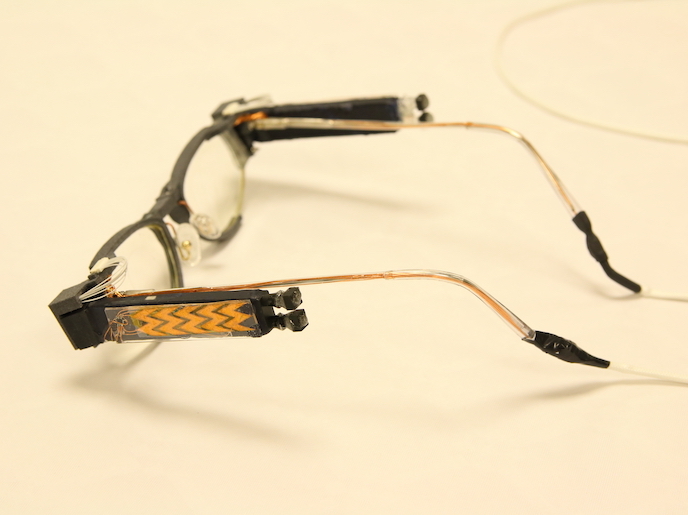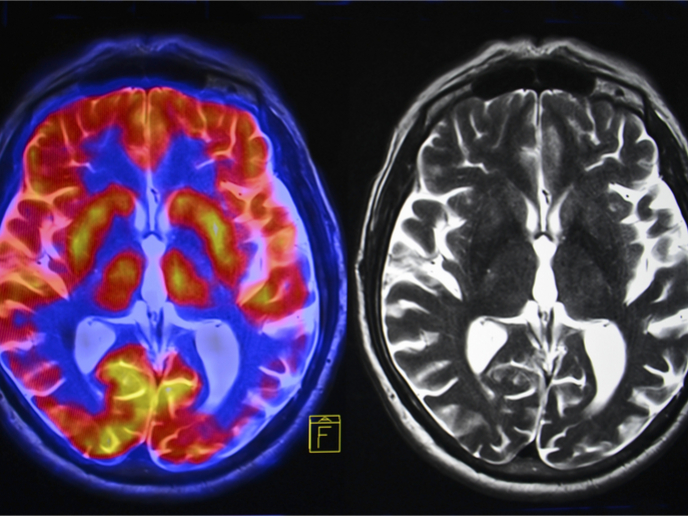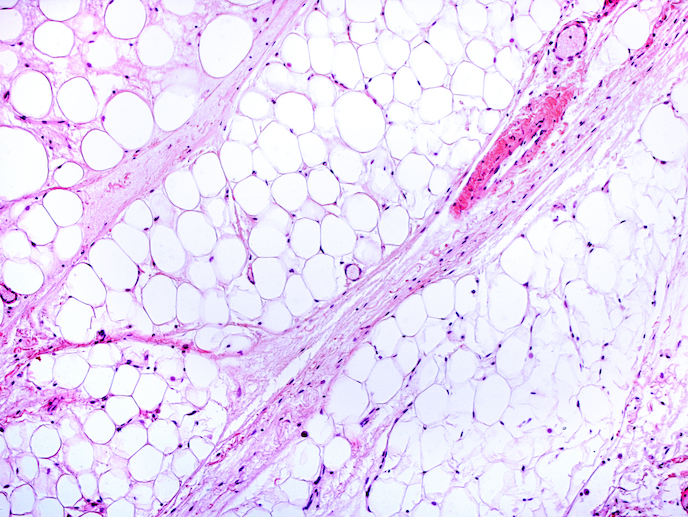Training to correct the lazy eye
Stereopsis – the perception of depth and three-dimensional structure – is a result of binocular vision. However, certain individuals cannot process binocular cues correctly and lack stereoscopic vision. Recent experimental evidence demonstrated that stereoblind observers could recover stereopsis durably in everyday life. This was achieved in a perceptual learning task where binocular depth cues were mixed with monocular depth cues. Scientists on the EU-funded STEREOAMB (Toward the understanding of stereopsis recovery and its application for an amblyopia treatment) project proposed to investigate that phenomenon, and use it for the treatment of amblyopia. At the same time, they used functional magnetic resonance imaging (fMRI) to localise the brain areas involved in stereopsis. Researchers successfully carried out a pilot training study for stereopsis recovery in anisometropic amblyopes. The overall training lasted 10-20 hours, and included a list of video game specifications and computerised tests (fusion-diplopia test, stereoblindness tests). Scientists also analysed the patterns of brain activity using fMRI in the individuals undergoing training. Identification of the brain sites for stereopsis recovery should open up the possibility for brain stimulation during training. Given its ability to safely increase the learning rate by 50 % and its low cost, brain stimulation is expected to improve the outcome of the training process. The reduction of the duration of the stereo-recovery training achieved by STEREOAMB will pave the way to the clinical implementation of the procedure for amblyopes. As amblyopic observers suffer from stereoblindness, the proposed training will improve the recovery of their binocular vision and increase amblyopic eye acuity.







